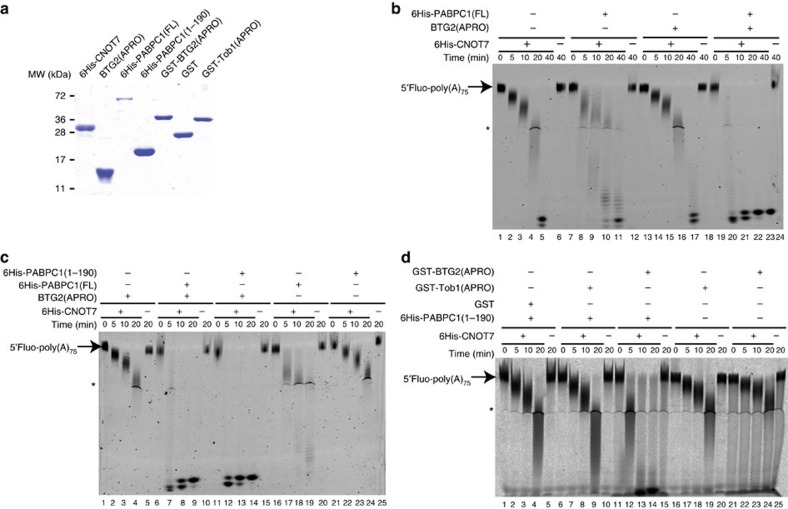Figure 3. BTG2 APRO domain and PABPC1 stimulates CAF1 (CNOT7 paralogue) deadenylase activity in vitro.
(a) SDS–PAGE analysis of purified recombinant proteins used in in vitro deadenylation assays. Five micrograms of purified proteins were resolved on 12% SDS–PAGE gel stained with Coomassie blue. Reduced amount of 6His-PABPC1(FL) likely reflects inaccurate protein concentration determination because of the presence of shorter protein fragments. (b) In vitro deadenylation assays with CAF1 (CNOT7 paralogue), BTG2(APRO) and full-length PABPC1. A 5′ Fluorescein-labelled poly(A) substrate of approximately 75 residues was incubated in defined conditions (see Methods), with purified 6His-CNOT7, BTG2(APRO) and/or 6His-PABPC1(FL) as indicated. Reaction products were fractionated on 8% denaturing polyacrylamide gel. HEPES present in the buffer induced an altered migration of some products (asterisk). The apparent increased size of the final product observed at the latest time points is an artefact resulting from the increased impact of the hydrophobic fluorophore on the migration of shorter RNA fragments. Experiment was performed three times. Deadenylation rates are: 1.8, 1.5, 1.9 and 14.1 nts per min for 6His-CNOT7, either alone or with 6His-PABPC1(FL), BTG2(APRO) or both, respectively. (c) In vitro deadenylation assays with CAF1 (CNOT7 paralogue), BTG2(APRO), full-length or first RRM domains of PABPC1. Same as in b. Altered migration of the substrate was sometimes observed at early time points, particularly in the presence of 6His-PABPC1 (1–190). This varied between experiments and is partly because of the presence of the PABPC1 proteins as it is not observed after phenol–chloroform extraction of the samples. Experiment was repeated twice. Determined deadenylation rates in nts per min are 2.1 with BTG2(APRO), 13.7 with BTG2(APRO)+6His-PABPC1(FL), 14.3 with BTG2(APRO)+6His-PABPC1(1–190), 2.8 with 6HisPABPC1(FL) and 2.0 with 6HisPABPC1(1–190). (d) In vitro deadenylation with CAF1 (CNOT7 paralogue), BTG2 or Tob1 APRO domains, and first RRM domains of PABPC1. Same as in b. Experiment was performed three times. CAF1 deadenylation rates in nts per min are 2.3 with GST+6HisPABPC1(1–190), 2.7 with GST-Tob1(APRO)+6HisPABPC1(1–190), 7.2 with GST-BTG2(APRO)+6HisPABPC1(1–190), 2.1 with GST-Tob1(APRO) and 1.7 with GST-BTG2(APRO). The stimulation by GST-BTG2(APRO)+6HisPABPC1(1–190) is decreased in this experiment because the GST fusion proteins were batched and not HPLC-purified, and thus contained more contaminants.

